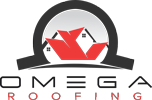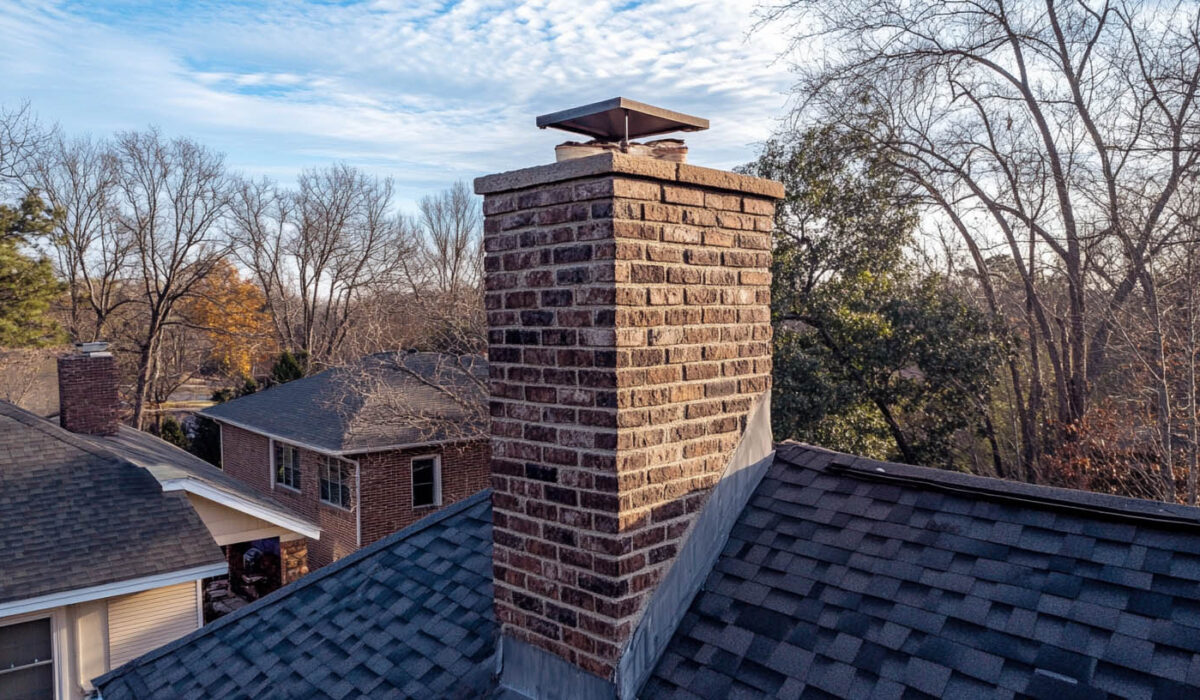A well-maintained chimney is essential for the functionality and safety of your home. However, various forms of damage can compromise both your chimney and roof, leading to costly repairs and potential hazards. Understanding the types of chimney damage and their effects on your roof is critical for every homeowner.
The Role of Chimneys in Home Integrity
Chimneys serve a dual purpose: safely venting smoke and gases from your home while also providing structural support to the roof. When a chimney suffers damage, it can weaken the roof structure and lead to additional problems such as leaks, mold, and fire risks. Regular inspections are key to ensuring both the chimney and roof remain in optimal condition.
Moisture Damage and Its Effects
Moisture is one of the leading causes of chimney deterioration. Rain, snow, and ice can seep into small cracks or crevices, leading to:
Mortar Deterioration: Prolonged exposure to moisture erodes the mortar holding bricks together, weakening the chimney structure.
Spalling: Water absorption causes bricks and concrete to crack, flake, or crumble over time.
Rusting: Metal components such as flashing or caps can rust, reducing their effectiveness in sealing out moisture.
For roofs, moisture-related chimney damage often results in leaks, which can spread to the surrounding shingles, underlayment, and even interior ceilings.
Material Deficiencies in Chimney Construction
Defects in construction materials are another common issue. Prefabricated chimneys, for example, may suffer from manufacturing flaws, such as poorly designed flashing or substandard brick quality. Over time, these defects can lead to structural failures that compromise the roof’s integrity. Homeowners are advised to have a professional inspect both the chimney and roof for potential material deficiencies, ensuring early detection and repair.
Impact of Sudden Events
Severe weather conditions and accidents can cause sudden damage to chimneys, which often extends to the roof. Common culprits include:
Storm Debris: Falling tree limbs or flying debris during storms can crack or dislodge chimney bricks, damaging nearby shingles or gutters.
High Winds: Extreme wind can loosen chimney caps and flashing, leaving areas of the roof exposed to water intrusion.
Hail and Lightning: Hail impacts can chip bricks, while lightning strikes pose significant structural threats.
In regions prone to natural disasters, such as hurricanes or earthquakes, chimneys are particularly vulnerable and require additional reinforcement.
The Threat of Chimney Fires
Creosote buildup is a major concern for any chimney. This flammable residue, formed from the incomplete combustion of wood, lines the interior of chimneys over time. If not removed, creosote can ignite, causing:
Chimney Fires: These fires can quickly spread to the roof and attic, endangering the entire home.
Structural Weakness: Heat damage from chimney fires often compromises the surrounding masonry and roof materials.
Annual cleaning and inspections by certified professionals are crucial to preventing these dangerous occurrences.
Signs of Chimney Damage to Watch For
To protect your home, it’s important to recognize the warning signs of chimney damage, including:
Cracks in the chimney’s masonry.
Water stains on interior ceilings or walls near the chimney.
Rust on metal components like caps or flashing.
Dislodged or missing bricks after a storm.
Excessive creosote deposits inside the chimney.
Addressing these issues promptly can prevent more extensive roof and structural damage.
Maintaining Your Chimney and Roof
Regular maintenance is essential for preventing chimney-related roof damage. Key steps include:
Professional Inspections: Schedule annual chimney and roof inspections to identify and address problems early.
Waterproofing: Apply water-resistant coatings to masonry to reduce moisture penetration.
Creosote Removal: Hire a professional chimney sweep to clean out creosote buildup annually.
Repair and Reinforcement: Fix minor cracks, replace worn flashing, and reinforce vulnerable areas to withstand extreme weather.
Omega Roofing, LLC: Trusted Experts in Roof and Chimney Care
Omega Roofing, LLC, located in Jackson, TN, is a trusted provider of roofing and exterior construction services. As an Atlas Pro Certified Contractor, they deliver unmatched craftsmanship and customer service. Their commitment to integrity, community, and excellence ensures every project is completed to the highest standards, providing homeowners with peace of mind and exceptional results.
Frequently Asked Questions
1. How can chimney damage affect my roof?
Chimney damage can lead to water leaks, structural weaknesses, and even fire hazards, which compromise the integrity of the roof and increase repair costs.
2. How often should I have my chimney inspected?
Professional chimney inspections are recommended at least once a year to identify potential issues early and maintain safety.
3. What is creosote, and why is it dangerous?
Creosote is a flammable residue from wood fires that accumulates inside chimneys. Excessive buildup can ignite, causing chimney fires that may spread to the roof.
4. Can defective chimney materials impact my roof?
Yes, poor-quality materials or manufacturing flaws can lead to chimney collapses or leaks, directly affecting the surrounding roof structure.
5. What is the best way to prevent chimney-related roof damage?
Regular inspections, timely repairs, and proper maintenance, such as waterproofing and creosote removal, are essential for preventing damage.
Conclusion
Chimney damage poses a significant risk to both your roof and overall home safety. By understanding the causes and effects of such damage, homeowners can take proactive steps to ensure their chimney and roof remain in excellent condition, protecting their investment and their family.
Read also: Essential Fall Roof Maintenance Tips for Protecting Your Home

